Notes from Normandy

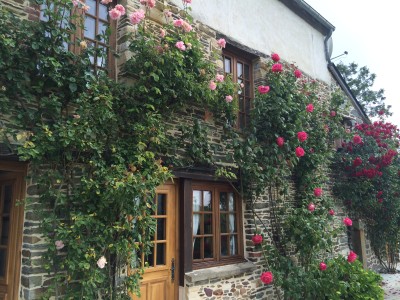
The moment we committed to spending all of last summer in Paris, which incidentally wasn’t a very hard decision, our precious friends and owners of our favorite Paris apartment, Andie and Georges, began planning a getaway for the four of us. There were many advantages for us: they are just about the most entertaining, charming couple we know; they know almost everything about history, food, France and a whole lot of other important stuff; they speak fluent French – she, a New Yorker, has been living there for thirty-six years and Georges is a Paris native; they were keen on planning the entire excursion, and they even have a CAR! Exactly what they see in two vagabonds like us is beyond me, but I’m happy for their warped vision!
Normandy was the perfect destination. It’s not too far from Paris, beautiful and rural, has undeniable cultural and historical attractions, and, of supreme importance to us four foodies, it has the best oysters, cream, butter, lamb, and other precious commodities that the we us crave. Andie found the perfect spot for our rendezvous, and four days after we arrived in Paris we were off to the country with Tim at the wheel and Georges firmly in charge of maps and GPS. Andie and I were the giggling second graders in the backseat, except that we didn’t fight or pinch each other!
Our first stop was Honfleur, the romantic seaport where Monet, Courbet and Boudin and some other grats founded the Honfleur school of painting. It eventually developed into the Impressionist movement. There’s a reason they went there. It’s stunningly beautiful. Our feast of mussels presaged the delicious treats that were in store for us for the next four days.
After a stroll around that precious village we gawked and laughed our way along country lanes to La Beauconnaire, the B & B Andie had so diligently searched for. It was worth every moment of her good work!
The farm house was off a narrow road at the end of a long driveway of tall formal horse chestnuts that trembled in the breeze. At the end was the house with heavy old roses trained up sturdy arches to frame the front door. It looks like everyone’s dream of a French country house. We had two large rooms upstairs and a communal dining room below in a restored farm building at the back of the property, and a comfortable patio for cocktails beckoned us to the garden. Pink blowsy blossoms nudged into our window upstairs. Their intense old rose scent was even more intoxicating than the rosé we’d brought along from Paris.
Our host, Dean, was hilarious. A hearty Englishman, he, with his wife Susan, had restored the property and built the garden. He entertained us every morning at breakfast, which he personally served, and again at the cocktail hour, when he offered stand-up comedic entertainment made up of ribald stories, local lore and solid information about the Allies’ Normandy invasion in World War II. He also saw to it that we had reservations every night at stunning local restaurants like Le Chapeau Rouge at Le Poteau in Guilberville, an adorable family restaurant with first class authentic cuising, and The Chateau D’Agneau, a spectacular estate restaurant which served the best lamb any of us had ever tasted. Every evening after touring the countryside we would head out following Dean’s instructions, and enjoy service and dining experiences we would never have discovered on our own.
The Norman countryside was in full-blown summer celebration, with every form of plant life breaking its heart to bloom, reproduce and retain enough strength to withstand the miserable wet and cold that would descend upon it fast and early in September. Dean said he could just poke things into the ground and they would grow! That’s every gardener’s dream.
As we roamed the narrow back roads, stopping to see the sites and pay our respects to those who suffered, the natural beauty of the place, the charming villages, gardens and lovely beaches made the memories of that hideous war even more poignant.
On the beaches of Normandy, Allied forces staged the largest amphibious invasion in history, landing 130,000 troops on June 6, 1944. In order to provide the troops with supplies, the British built an artificial port at Arronmanche. The museum there commanded our attention for hours.
At Utah Beach, one of the bloodiest landing places, visitors walk up a path lined on each side with red floribunda roses. They were in full, glorious bloom that sunny day. No one had much to say, and soon we were standing on the bluffs above Utah Beach looking out over the waving grass gaily sprinkled with wildflowers. The sea was a pale moonstone color, its froth dribbling on the tan beach, stepping back to the deeper water in a darker teal, finally melding into a deep bottomless navy blue. None of us spoke much, but I think that we were all conjuring the deep-throated booms of cannons and the pings of gunfire on that terrible day. All the old war movies I ever saw came crashing back into my head, but nothing on film could could express just how impossible the task must have been for those soldiers.
There is a tall column reaching skyward at the top of the hill, and directly down a long slope a black monument which is etched with the names of all the divisions and companies of men from the countries which had participated in the Allied attack. The site is plain, restrained and deeply moving. The monument sits directly on top of a German bunker, dug deep into the hill. We went down a path and entered the bunker, which held puddles from the last rains. It was ugly, grey, dark and terrible. Georges said that there are hundreds of them all along the Atlantic. When we emerged we could see first hand why it took so long and so many lives to conquer those strongholds. The cliffs are sharp and tall, the bunkers deep, and it seemed to us impossible that anyone ever managed to get up there and root out the enemy.
We visited Omaha Beach, where navigational problems caused the troops to land in the wrong places, resulting in a horrifying number of casualties. Small penetrations were eventually achieved by groups of survivors making improvised assaults, scaling the bluffs between the most heavily defended points. By the end of the day, two small isolated footholds had been won, which were subsequently exploited against weaker defenses further inland, thus achieving the original D-Day objectives over the following days.
Finally, we went to the American Cemetery, a solemnly beautiful place where people shushed their children and walked thoughtfully up a wide walkway lined with trees toward the cemetery. The ocean sparkled and the sky was gorgeous that day. What had gone on in that area so long ago was unimaginable to us. An open-air monument displays heroic-size inlaid maps showing spread of the Nazis over Europe and the subsequent movements of the Allied forces as they pushed them back as far as Russia. The war became real to me when I saw the arrows depicting the movement of the forces. The fact that so many countries could coordinate their efforts and effectively put aside their egos and interests in a common pursuit was amazing to me. I don’t believe that kind of cooperation would be possible today.
As we were moving toward the precise rows of nearly 10,000 white crosses gleaming in the sun, a recording of “The Star Spangled Banner” began to play. People stopped, swiveling their heads to find a flag, and put their hands on their hearts. It was impossible to keep from weeping, and immediately afterwards “Taps” was broadcast, which caused even the most stoic to react. There was not a sound on the huge cemetery grounds for many minutes after the last note trailed away. Everyone seemed to have drifted into his or her own reverie about the enormity of the events that had happened in that place.
Our discussions of all that we had seen and experienced lasted late into the evening, and we the next day it was almost shocking to back to the contemporary bustle of Paris. We had shared profound moments, great beauty, unforgettable meals, and most of all the priceless gift of lovely days shared with friends whom we love and admire.
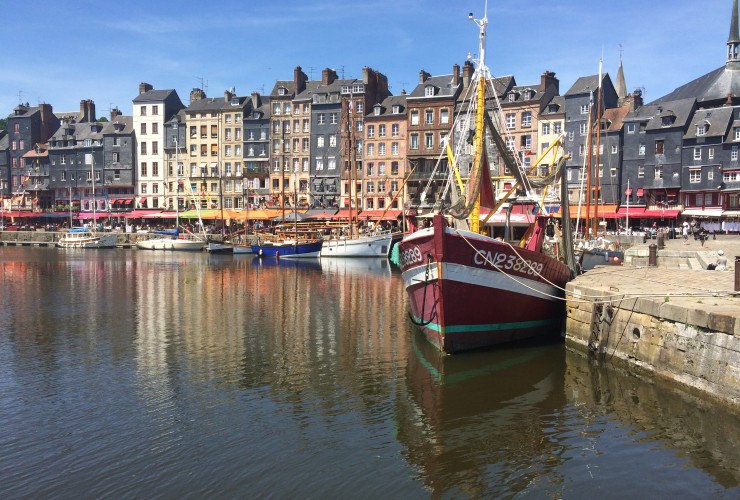
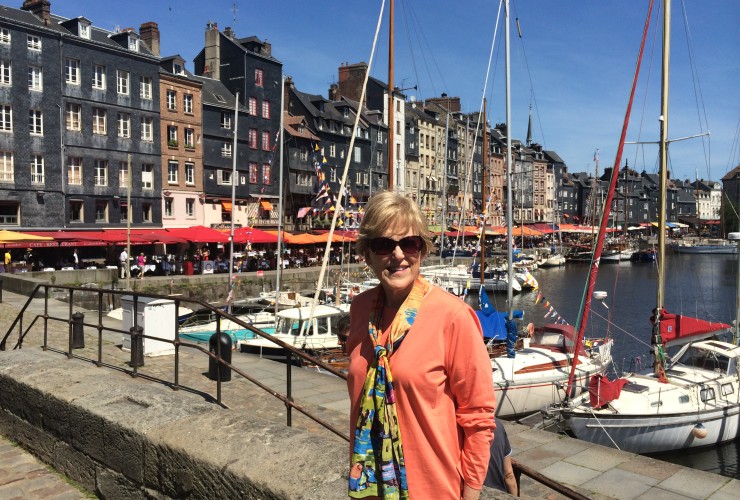
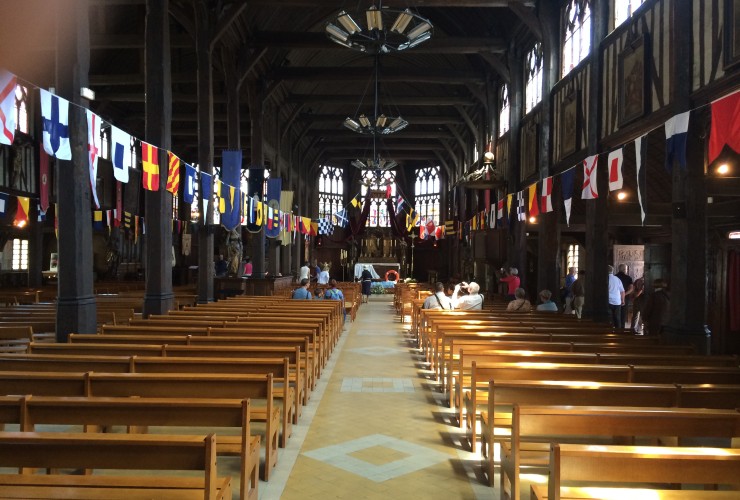
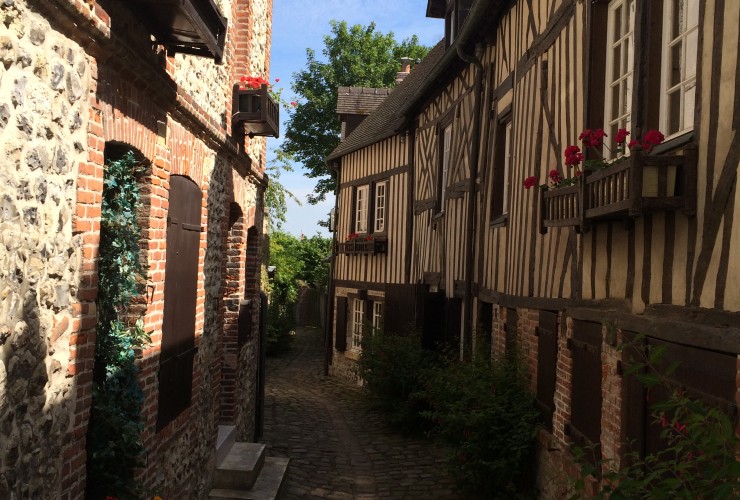
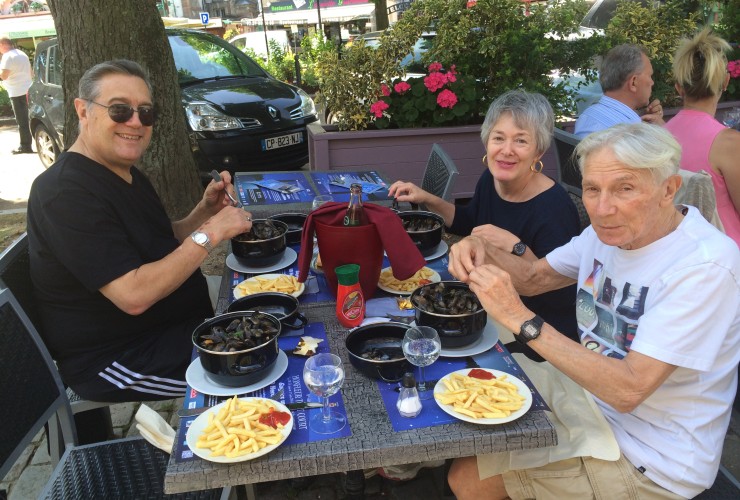

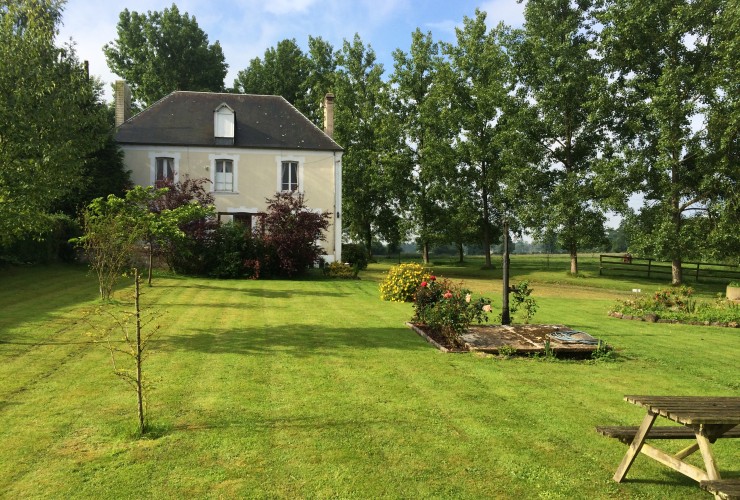
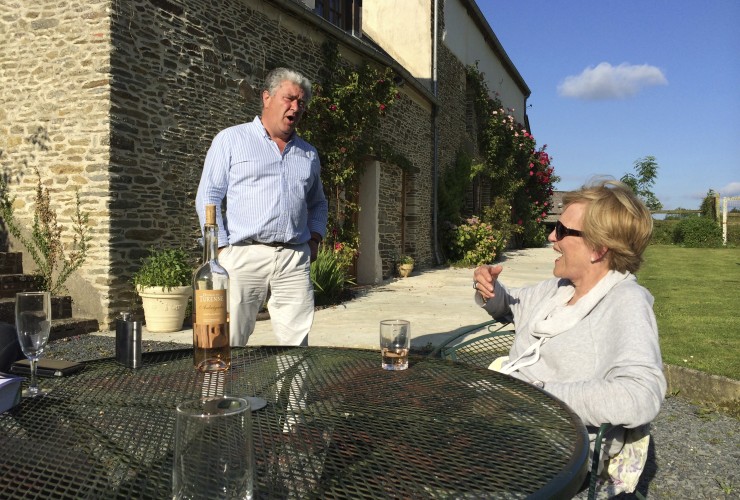
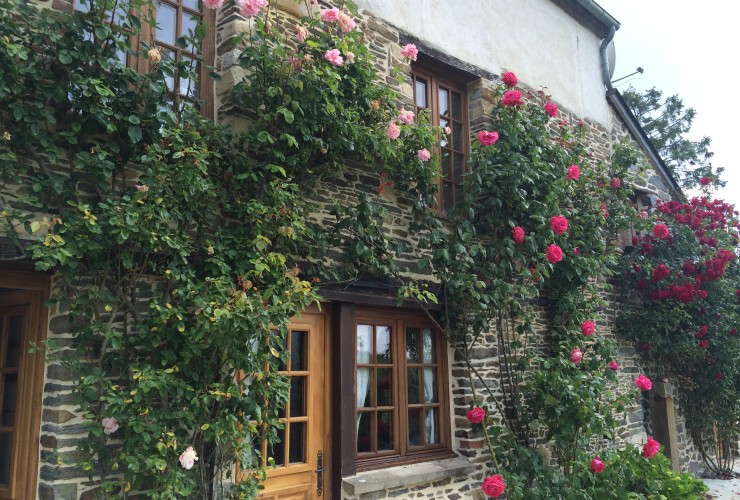
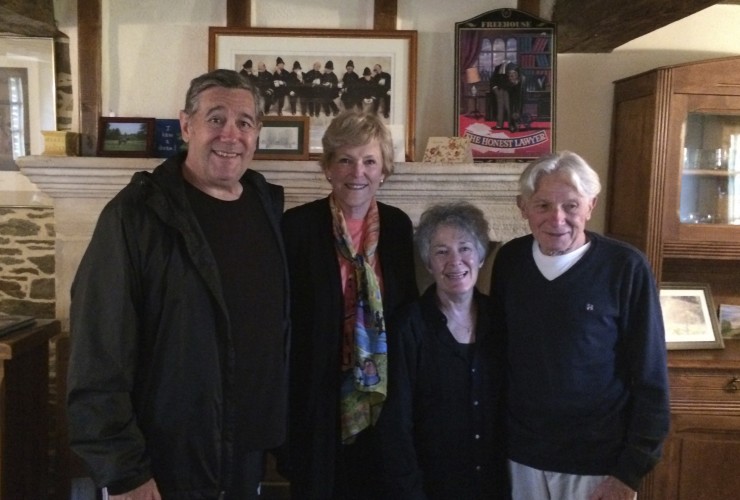
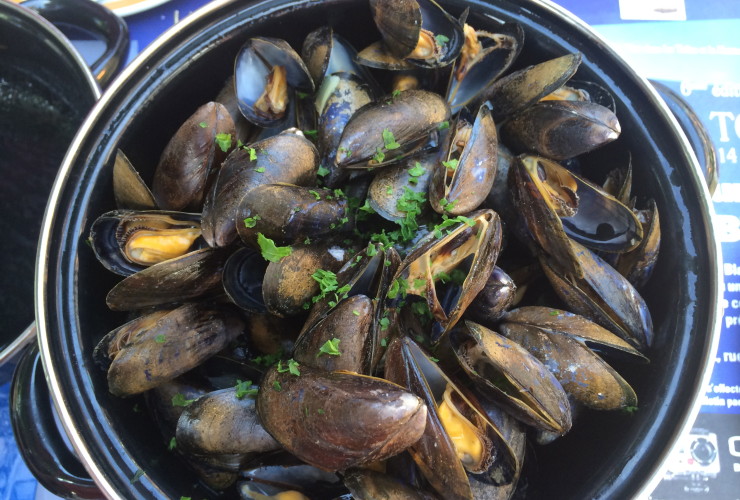
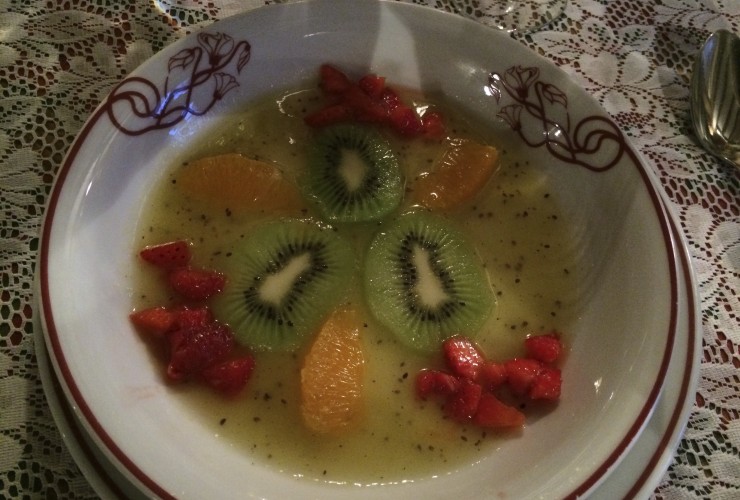
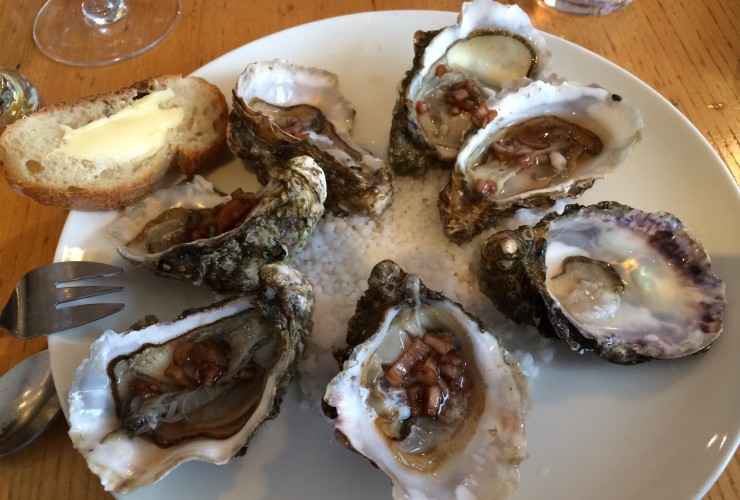

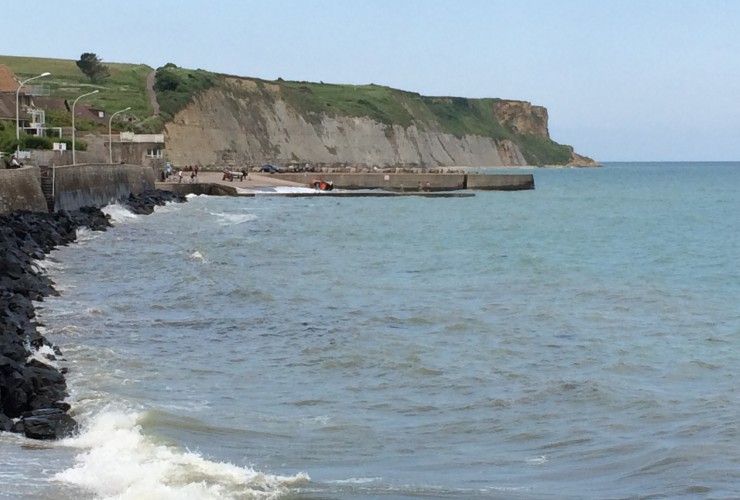
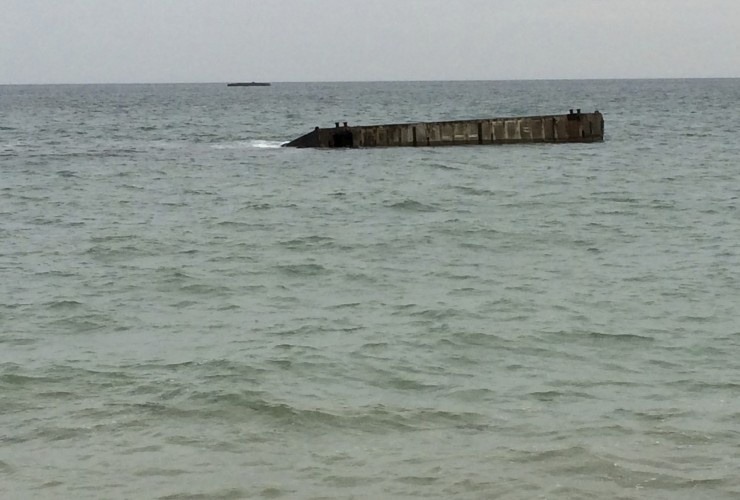
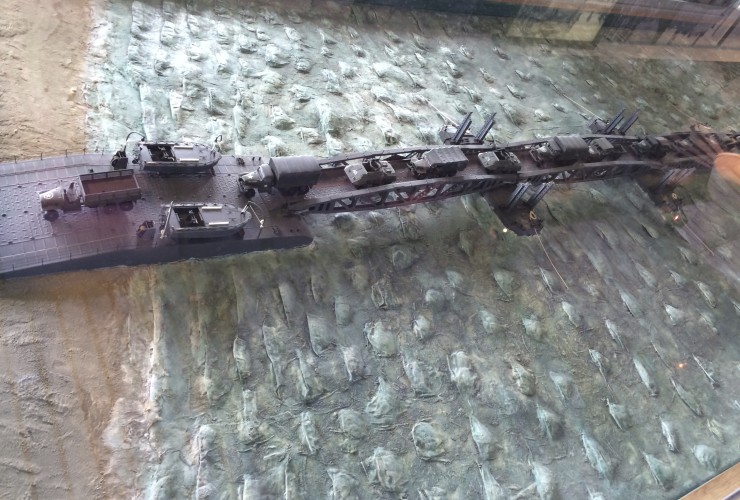
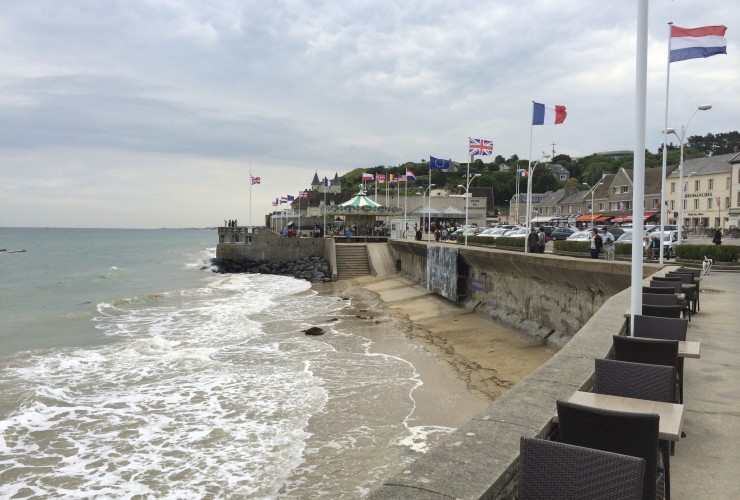

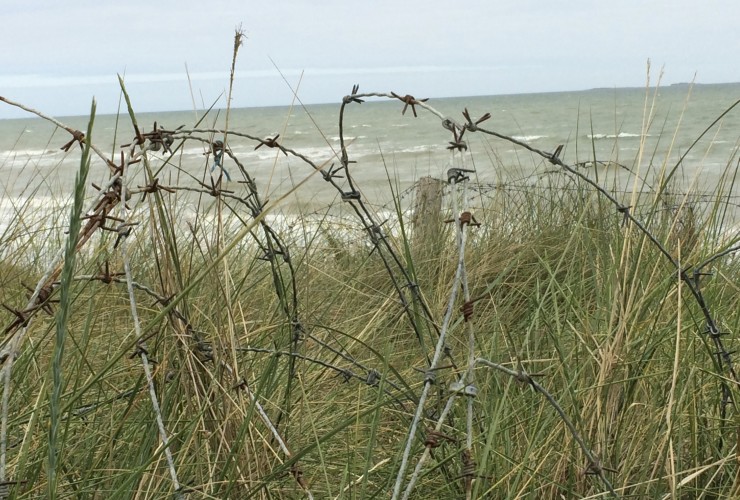
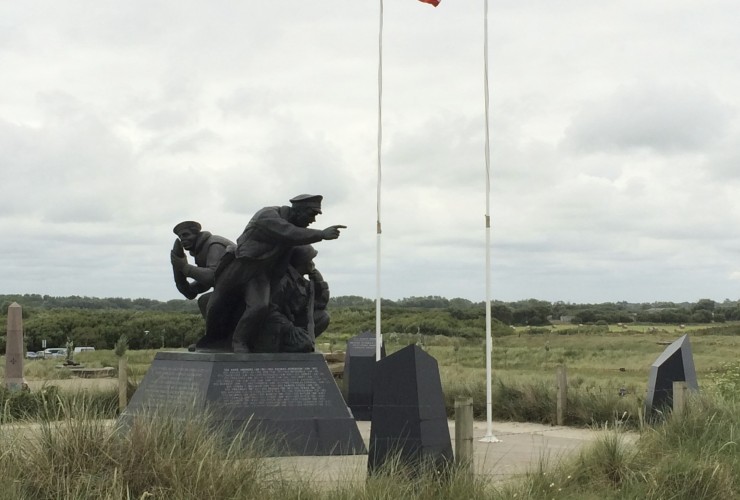
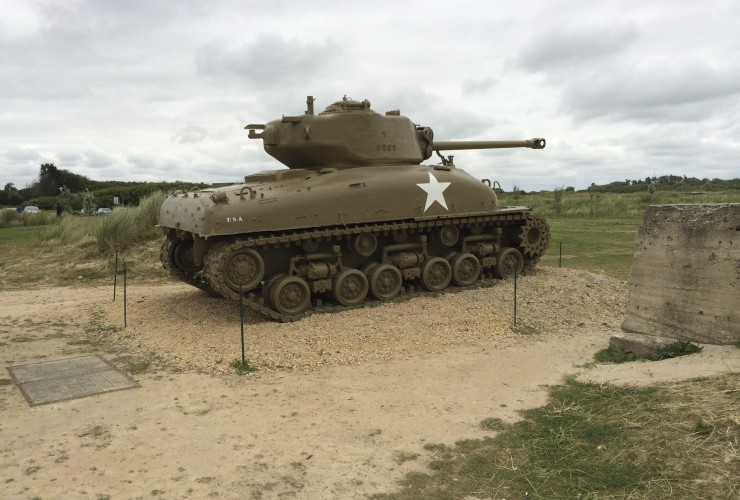
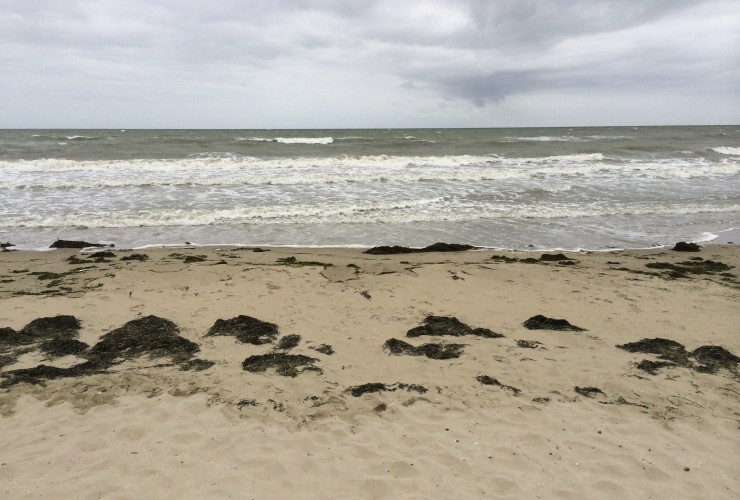
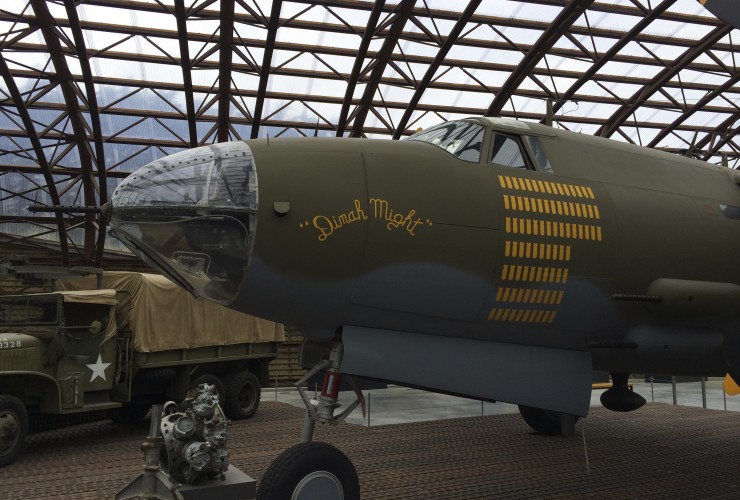
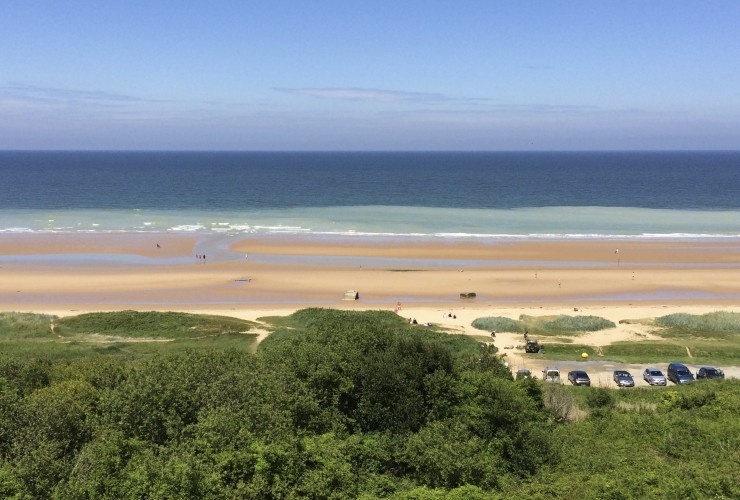
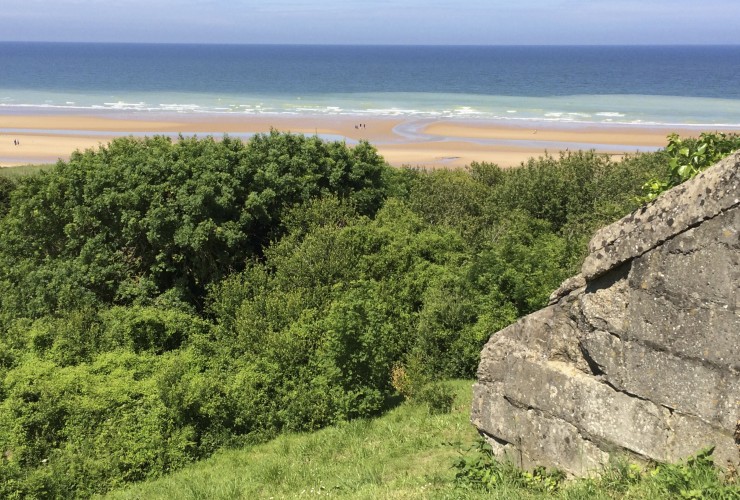
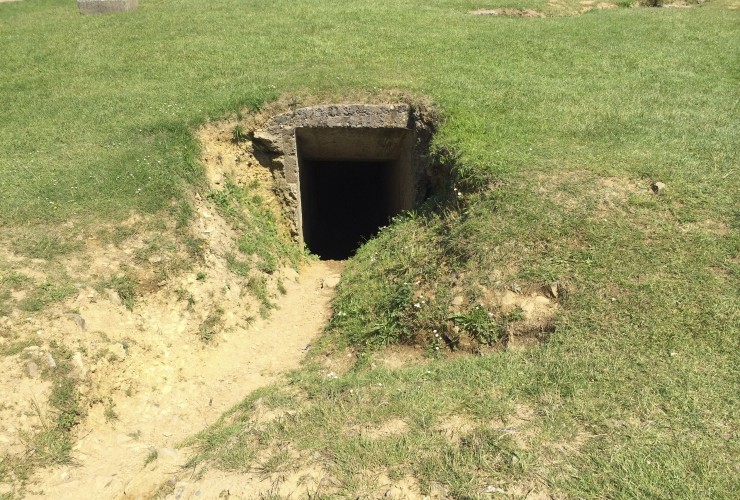
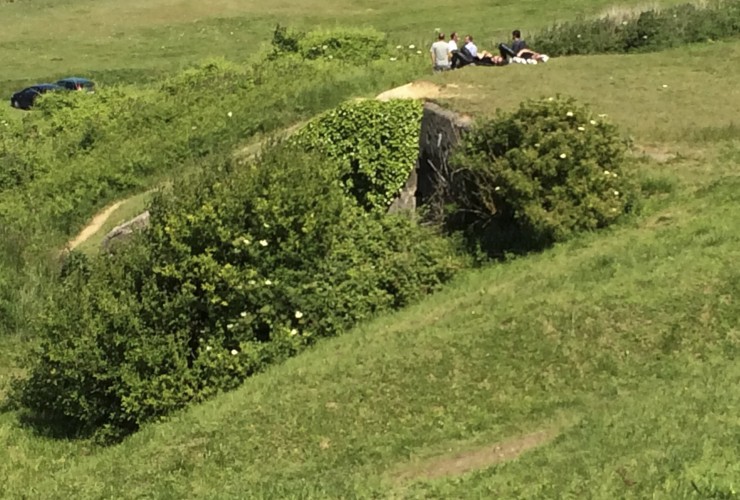
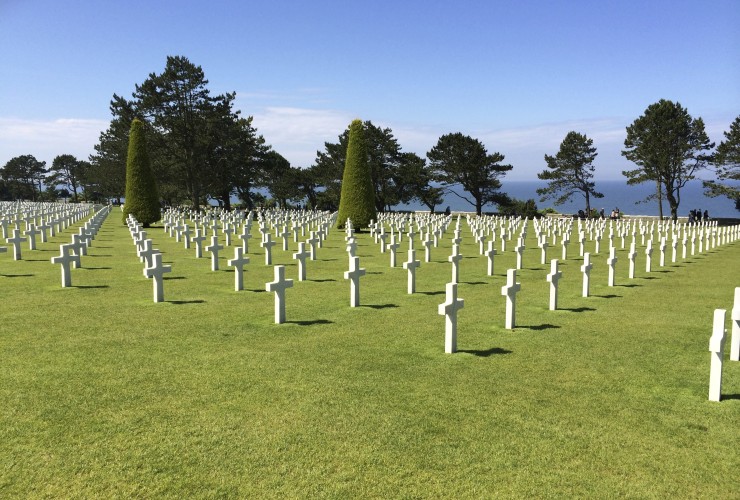
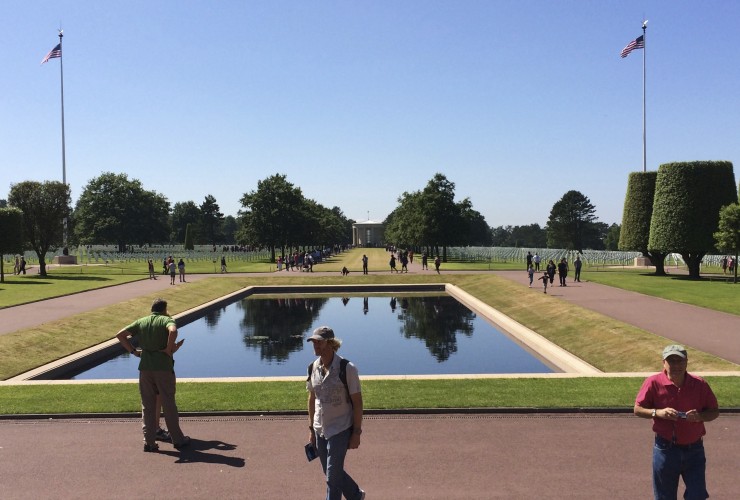
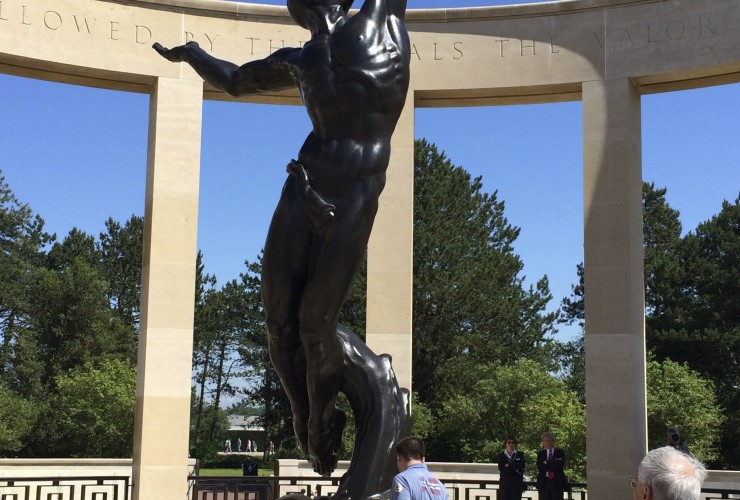
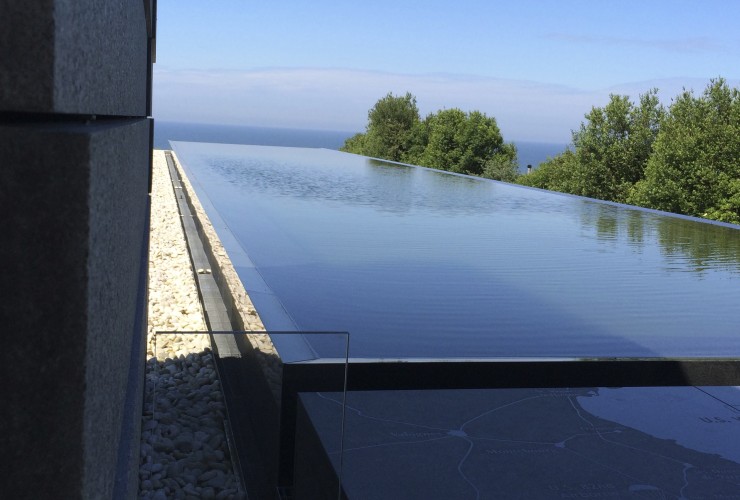
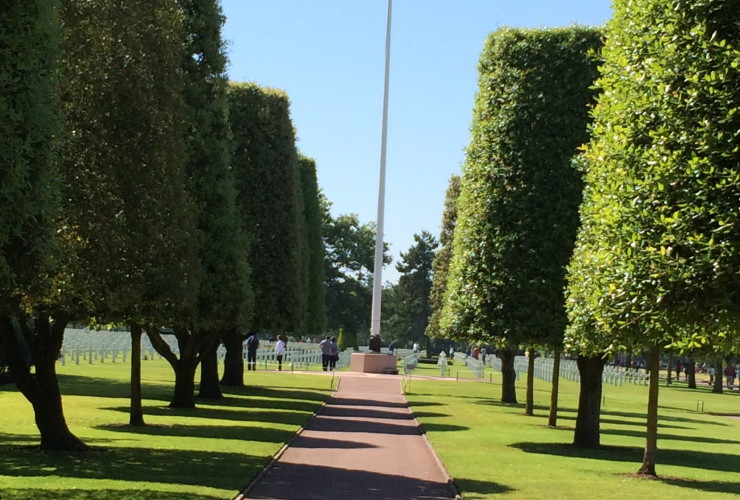
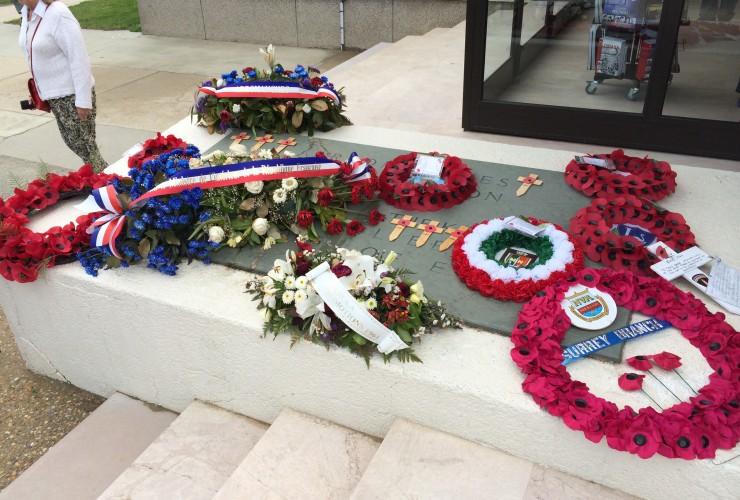
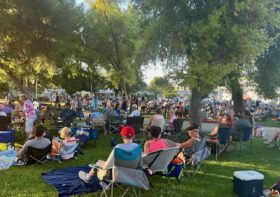


I purchase your book. I have read it 3 times + pick some chapters about 4 times. My goal is to go by by May of ’16,still working. Trying to get my wife to cut the umbilical cord.
Your book is great and I have recommend it to a lot of friends.
Hasta pronto
Tony S.
oops….2015
Great story…….Normandy was fantastic.
Lynne, any chance you guys will be in Spain in Feb. 05 or Scandinavia July-Aug. 05? would love to meet for cocktails!
Steve & Tracey Schlabra-Fairfield, TEXAS
Thank you so much for sharing your journeys. The pictures are beautiful.
Beautiful notes on Normandy. You really capture the essence of a place. Thank you. I also greatly enjoyed your book which I found very inspiring.
I’m not completely house free but I did sell my house a few years ago and downsized to an apartment I love. I feel so free! Last year I spent a month in Paris, this year two months, and hope for at least two in 2015.
Lynne,
I’ve been following your blog since you began it as we are nomads too. We’re planning on Normandy in April for a short (1 month) time.
How do you manage your Schengen requirements of no more than 3 months in any six months for any non-Schengen country person?
Laurie
Sounds like a divine trip! We have Normandy on our list for next summer. We will put these places on our “must-do” list! Merci!
Lynne,
Thank you for the article and for your referral to Andie and Georges. I had the pleasure of staying in their apartment a couple of years go when there was a last minute cancellation. One of my top vacations!
Lynn
Lynne,
Thanks so much for sharing. I went through some withdrawal after finishing your book, so it’s nice to have another little travel adventure to enjoy. I suppose I could read your blog regularly, but I get super busy and forget. The newsletter helps me remember to check it out.
All the best to you!
Kat
Lynne, one of the most precious memories of our trip last year was the visit to Normandy. It is a MUST see for anyone who can make it. The descriptions you gave absolutely mirror how we felt. The American Cemetery renders one speechless and you can’t help but tear up while walking through, reading the names of the heros buried there, and wondering how on earth anyone survived the invasion! On a happier note, our little secret about Honfleur is out! I saw your photo and thought, no, that can’t be our Honfleur! Wasn’t that the most lovely little place ever??? I can’t wait to go back, so thank you so much for the info about the B&B. This piece brought to many memories flooding back. Thanks for your beautiful writing!
Oops…I meant Normandy. Too many places floating around in my head as we figure out where to go.
Such a beautifully written description of your time in Burgundy! This is a reminder to me to keep moving forward with our goal to be home-free, live abroad and travel. We were very fortunate to sell the house this past summer, and now we are researching where to live next year. We do not want to wait until we are retired, so off we go with our 13 year old son. You are always a great inspiration!
ALL I CAN SAY IS WOW! WELL WRITTEN LYNNE FELT LIKE I WAS THERE WITH YOU AGAIN WOW!!!!!!!
Ah Lynne, you made feel like I was there. Our retirement is still a while away, but I think we are going to take the plunge. Love your newsletter too
Thank you for your wonderful pictures and description of my favorite place! Our family went there in 2008, my husband was so looking forward to our visit to Normandy. Our girls were 18 and 12, and he educated them on all the glorious historical events that took place on the beaches and small villages as we visited this beautiful place. He was a great WWII history buff. He passed away this last June from cancer, at the age of 52. While I was reliving our visit, while reading your blog, I was struck with such emotion and gratitude to our fallen soldiers and so happy my husband was able to visit this remarkable place before he died. Thank you, I enjoy your travel stories. France was our favorite vacation place and will always be special to me.
Leann
Lynne, What a wonderful write-up for our Normandy B & B! I wish we deserved the wonderful things you’ve written about La Beauconniere. And you’ve done more for Normandy Tourism than Steven Spielburg and Rick Steves combined!
If we didn’t live here, we’d book a stay, dine at all those restaurants, and visit all of the incredible sites you have described.
Super! Thank you.
Dean and Susan
Wow. I am moved by your description. You bring history very close.
I retire at the end of the month. Finding your site has given me the courage to approach my husband with what I had been toying with…home free living. To my surprise, he is also intrigued. He works still. However, as long as he has internet, he can work remotely. Our house goes on the market in the spring. Still a lot of work to do.
Cheers! Lori